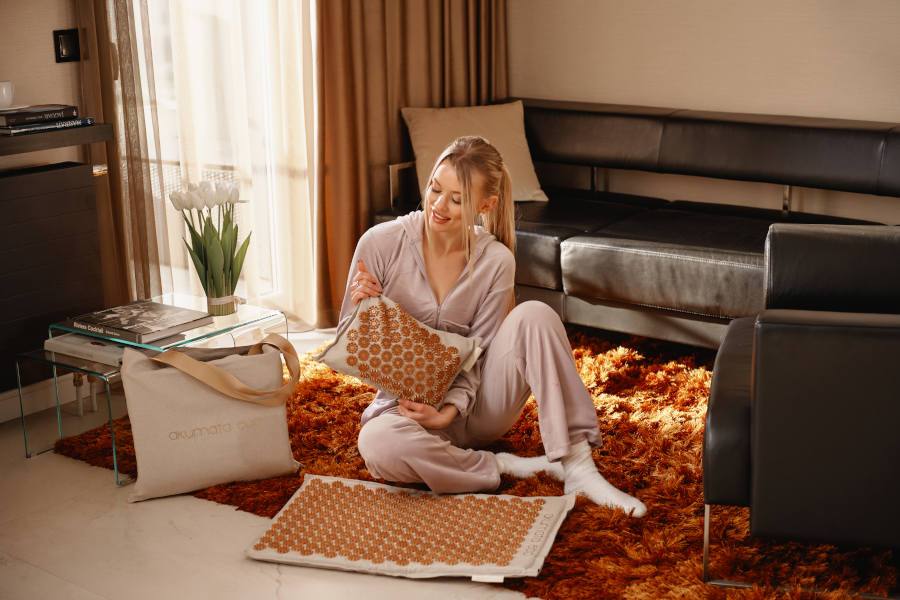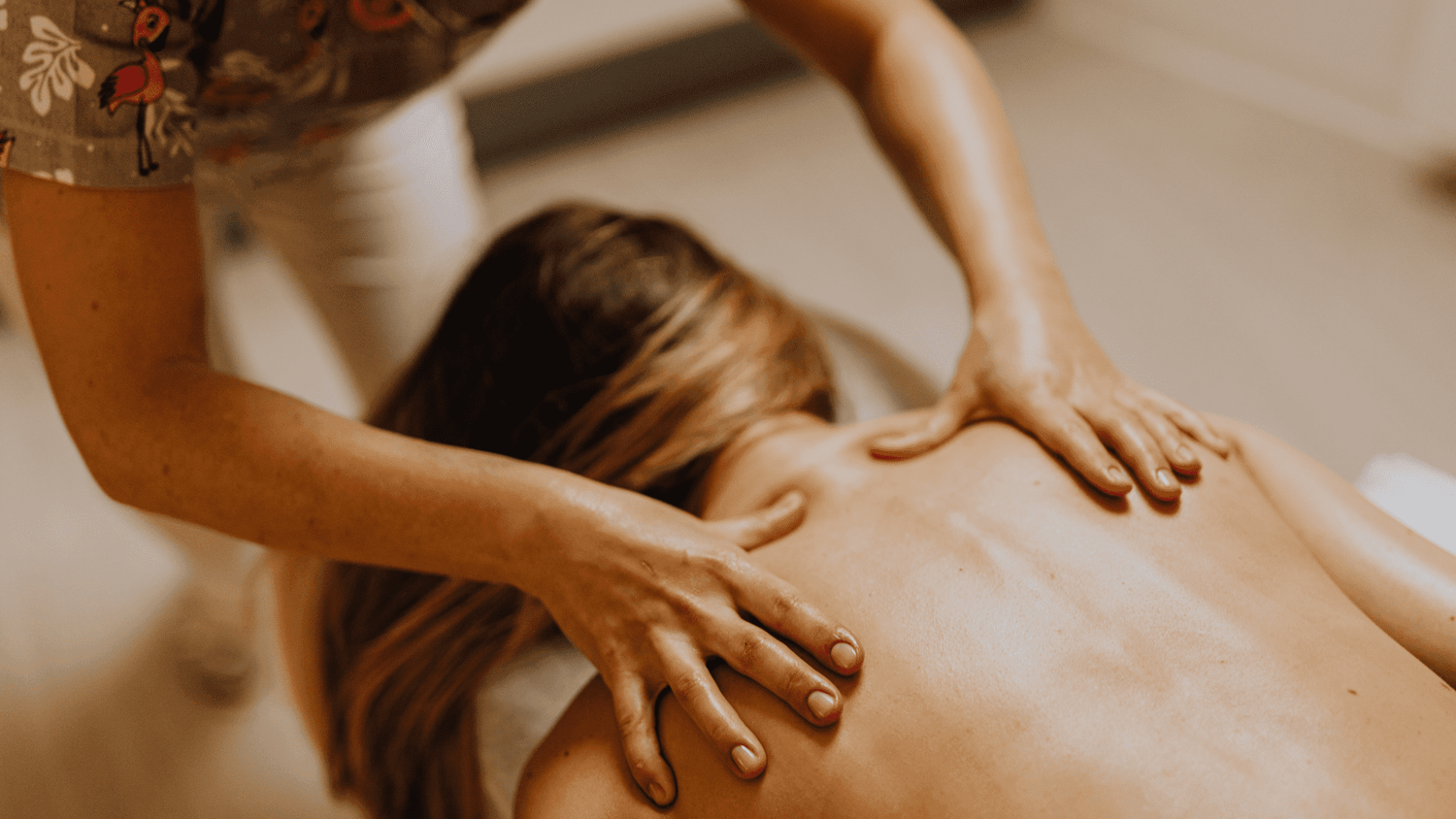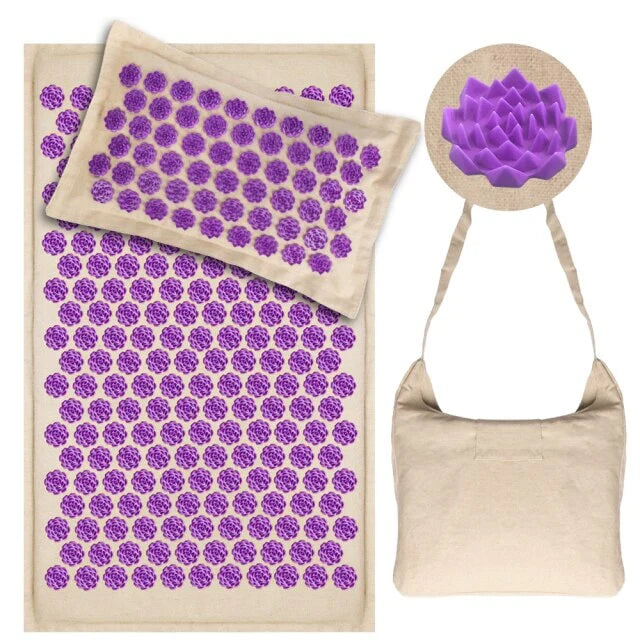Used for both medical and aesthetic purposes, manual lymphatic drainage is a massage designed to stimulate lymph circulation. In this fact sheet, you'll find out more about this practice, its principles, techniques, history, benefits, who performs it, how and, last but not least, contraindications.
Manual lymphatic drainage is a gentle massage technique designed to stimulate lymph circulation and detoxify the body, while strengthening the immune system. It is performed with the fingers and palms of the hands all over the body, following the direction of lymphatic circulation and varying the pressure.
The main principles
Lymph is a colorless liquid that circulates in lymphatic vessels thanks to the pulsating contractions of muscles and blood vessels. Like a waste evacuation system, it drains excess fluids, toxins and cellular debris.
Nodes located along the lymphatic vessels, particularly in the groin folds, under the armpits and on either side of the neck, help filter the lymph and eliminate the toxins and debris it carries.
When lymph circulation is deficient, the body can become weakened and intoxicated, which can lead to a variety of health problems: swollen limbs, premature aging, cellulite, heavy legs, stretch marks, and more.
Manual lymphatic drainage
There are two main methods of manual lymph drainage: the Vodder method and the Leduc method. The Vodder method: with this method, lymph is drained by means of circular movements performed with the hand, varying the pressure.
Dr. Albert Leduc's method: this technique stems from Vodder's work. It combines manual lymphatic drainage with the use of pressotherapy devices. The patient's legs are wrapped in long, inflatable boots connected to a compressor, allowing a set pressure to be exerted at various points.
Although there is no official organization for training in manual lymphatic drainage, these two schools appear to be the most authoritative. But other techniques, derived from these approaches, have also emerged.
These include lympho-energy, developed by Dominique Jacquemay. It involves the use of phyto-aromatic oils and treatments based on Chinese energetics.
The benefits of lymphatic drainage
According to its practitioners, manual lymphatic drainage cleanses and regenerates the body, accelerates healing and reduces the risk of infection.
It is also said to help treat blood and lymph circulation problems, such as varicose veins, cellulite and venous insufficiency. But there are few scientific studies to support these applications.
For more details on alleged therapeutic applications, consult Dr. Vodder's List of indications and contraindications.
Reducing lymphedema following cancer treatment
Based on the results of 2 study syntheses, it appears that a combined decongestive therapy (CDT) approach, including manual lymphatic drainage, application of compression bandages, decongestive exercises, wearing of compression garments and education on preventive behaviors, can reduce the volume of lymphedema following breast cancer.
In addition, other randomized clinical studies have concluded that the addition of manual lymph drainage to simple compression therapies would also be beneficial.
After 6 months of treatment, the reduction in swelling, although not as great as at the start of the procedure, stabilized at an acceptable level. This also led to a better quality of life and less pain.
Reducing edema and relieving pain in varicose veins
Manual lymphatic drainage may be a treatment option for chronic venolymphatic insufficiency of the lower limbs (a disorder in the return of blood and lymphatic fluid to the heart).
It would reduce edema, which is a source of pain and inflammation. However, this therapeutic approach has not yet been scientifically documented.
Relieving fibromyalgia patients
A randomized clinical trial involving 50 subjects with fibromyalgia evaluated the effect of manual lymph drainage compared with connective tissue massage as a potential source of treatment.
After 3 weeks of treatment, improvements in health and quality of life, and a reduction in pain were observed in subjects in both groups.
In the manual lymphatic drainage group, higher improvements in wake-up fatigue and anxiety were noted compared to the other group.
Contributing to the treatment of limb lymphedema
Manual lymph drainage has been the subject of few scientific studies in cases of lymphedema resulting from lymphatic vessel obstruction.
A synthesis of studies concluded that manual lymph drainage, used alone, does not appear to be an effective approach to reducing lymphedema volume.
However, the researchers point out that further studies are needed to better assess its efficacy, either alone or in combination with other therapies.
Lymphatic drainage in practice
Where is lymphatic drainage performed?
Manual lymphatic drainage is performed in private practices, clinics, hospitals and beauty salons.
Course of a session
A session lasts between 1 h and 1 h 30. The naked person lies on a massage table, covered with a sheet. The practitioner uncovers the area to be treated and performs a series of slow, gentle, wave-like movements that create a pumping effect.
The aim is to drain excess fluid from the tissues and improve circulation. Several sessions may be required before noticeable results are achieved.
Do-it-yourself lymphatic massage
Using your fingers, apply pressure to one of your lymphatic points, then massage this point using circular movements for around ten seconds. There are around 90 lymphatic points in the body.
Which points to massage will depend on your particular problem. For example, you can perform this massage on the lymphatic points on your legs, in case of heavy legs.
Contraindications to lymphatic drainage
Certain disorders require careful treatment, including carotid sinus sclerosis, hyperthyroidism, thrombosis, cardiac edema and bronchial asthma.
The practitioner will then apply gentler pressure, away from the affected areas, and shorten the session time.
On the other hand, it is contraindicated to treat acute infections, tuberculosis and malignant tumors without medical authorization.
A brief history of manual lymph drainage
In 1892, surgeon Winiwarter published a book on the treatment of lymphatic edema, in which he highlighted the benefits of massage in reducing edema.
A few years later, Dr. Fège also highlighted the benefits of medical massage in reducing oedemas. Manual lymphatic drainage was discovered in the 1930s by Emil Vodder, Doctor of Philosophy. Vodder worked as a masseur on the Côte d'Azur.
While treating people suffering from chronic colds, he noticed that their lymph nodes were swollen. In 1932, Vodder decided to study the lymphatic system, and developed his technique for inducing lymphatic circulation.
He then applied this technique to other conditions, for both therapeutic and aesthetic purposes. It was only 30 years later, in the 1960s, that the scientific community began to study the lymphatic system and microcirculation in depth.








